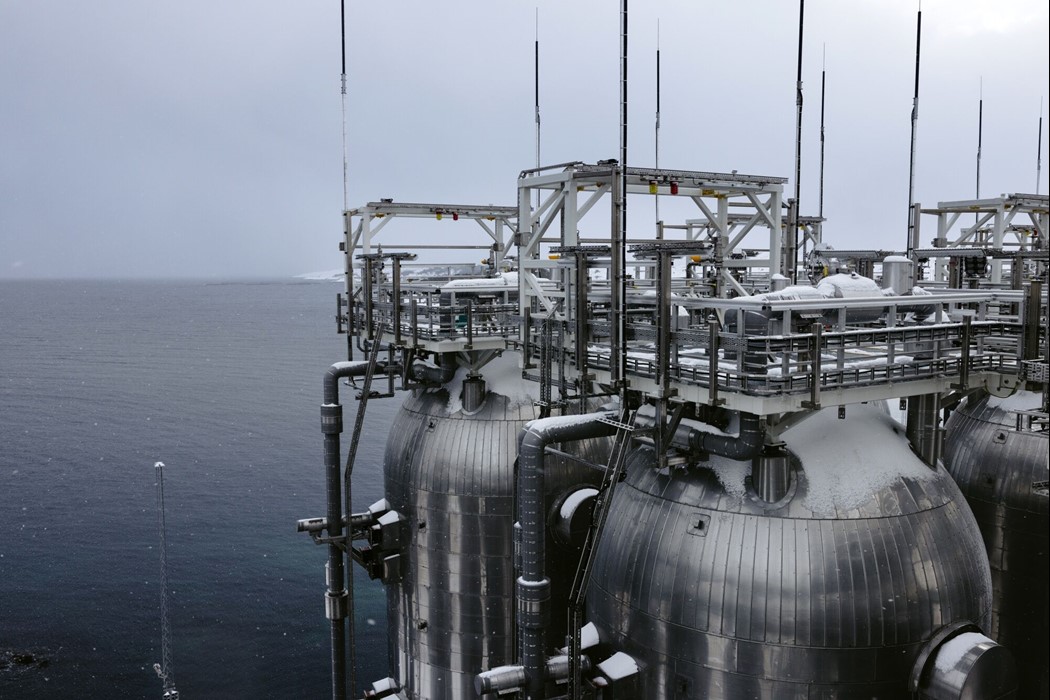Scientists Say EU Carbon Market Should Include Removals Like CCS
Feb 20, 2025 by Bloomberg(Bloomberg) -- The European Union should include permanent carbon removals — such as capture and storage projects — in its CO2 market as soon as there’s a system to ensure they’re credible, the bloc’s influential scientific advisers said.
Integrating them into the market would generate allowances and encourage more projects. The European Scientific Advisory Board on Climate Change said the EU should consider such a move when it next revises its emissions trading system, given that funding technologies like direct capture of CO2 from the atmosphere is estimated to cost up to €80 billion ($83.7 billion) a year.
The ETS currently only puts a price on each ton of CO2 produced by industry, and doesn’t include removals.
“Whatever we do, we have to enhance the carbon sinks and pricing emissions,” said Ottmar Edenhofer, chair of the advisory board that makes recommendations for the EU. “Rewarding carbon sinks is crucial and we recommend a progressive integration of permanent removals in the EU’s ETS.”
Bringing removals into the ETS is widely touted as a way to make CCS economically viable, and scientists say sucking CO2 out of the atmosphere will be critical to meeting climate neutrality goals — and even going ‘net-negative.’ That would theoretically enable the world to come back below key global warming temperature goals in the event of any overshoot.
The European Commission is due by the end of March to officially propose cutting emissions by 90% by 2040, and massively scaling up CCS is seen as vital to achieving it. But the controversial technology is in its infancy and is yet to be proven at a large enough scale to meaningfully help tackle climate change.
The advisory board scientists draw a distinction between so-called temporary removal solutions like planting more trees — which may only sequester CO2 for decades — and permanent ones such as CCS that can in theory store carbon for thousands of years.
While permanent solutions could be integrated into the EU carbon market, temporary ones should seek separate sources of finance, according to the scientific advisers. The bloc should set targets for both, they added.
Board Suggestions
While the ETS currently phases out allowances for industry by 2039, Europe isn’t due to hit net-zero until a decade later, so integrating carbon removals could be one way to plug that gap. Any revision would still have to prioritize cutting emissions, and the scientists say that one way to do so while incorporating removals would be to set up an intermediary body to control supply to the market and manage future liabilities.
The EU estimates as much as 450 million tons of CO2 a year will need to be captured by 2050 — equivalent to the footprint of Poland and Denmark combined. Global CCS capacity totaled just 53 million tons at the end of 2023, according to BloombergNEF.
The advisory board also said that the EU should consider making current emitters — such as fossil-fuel companies — take responsibility for the cost of future removals.
For example, a fossil-fuel company would have to promise to remove at least 1 ton of CO2 from the atmosphere in the future for each ton it emits now. One way would be to get them to commit money to a fund, which they would then get back once the removal has taken place.
©2025 Bloomberg L.P.
By
















